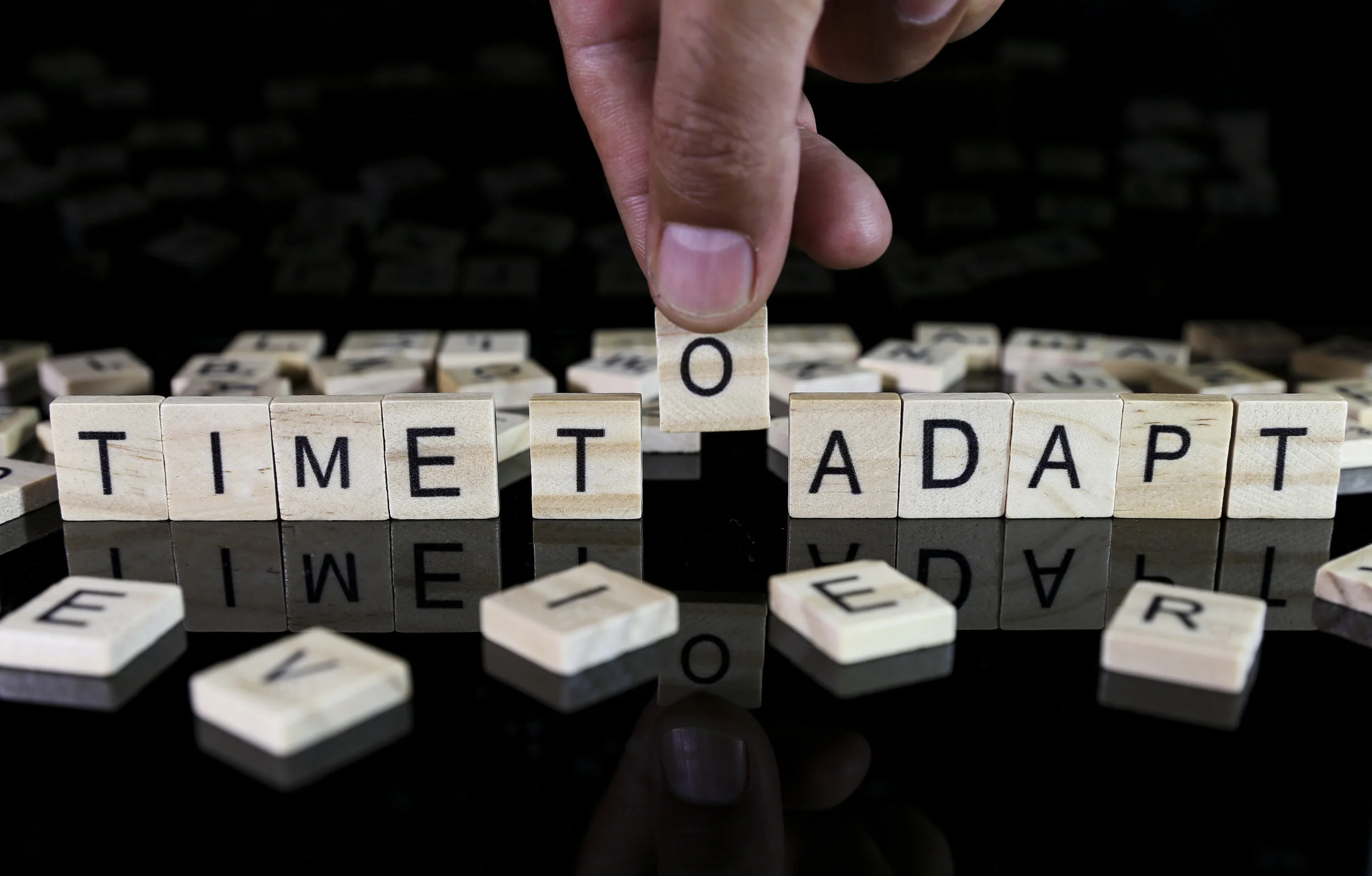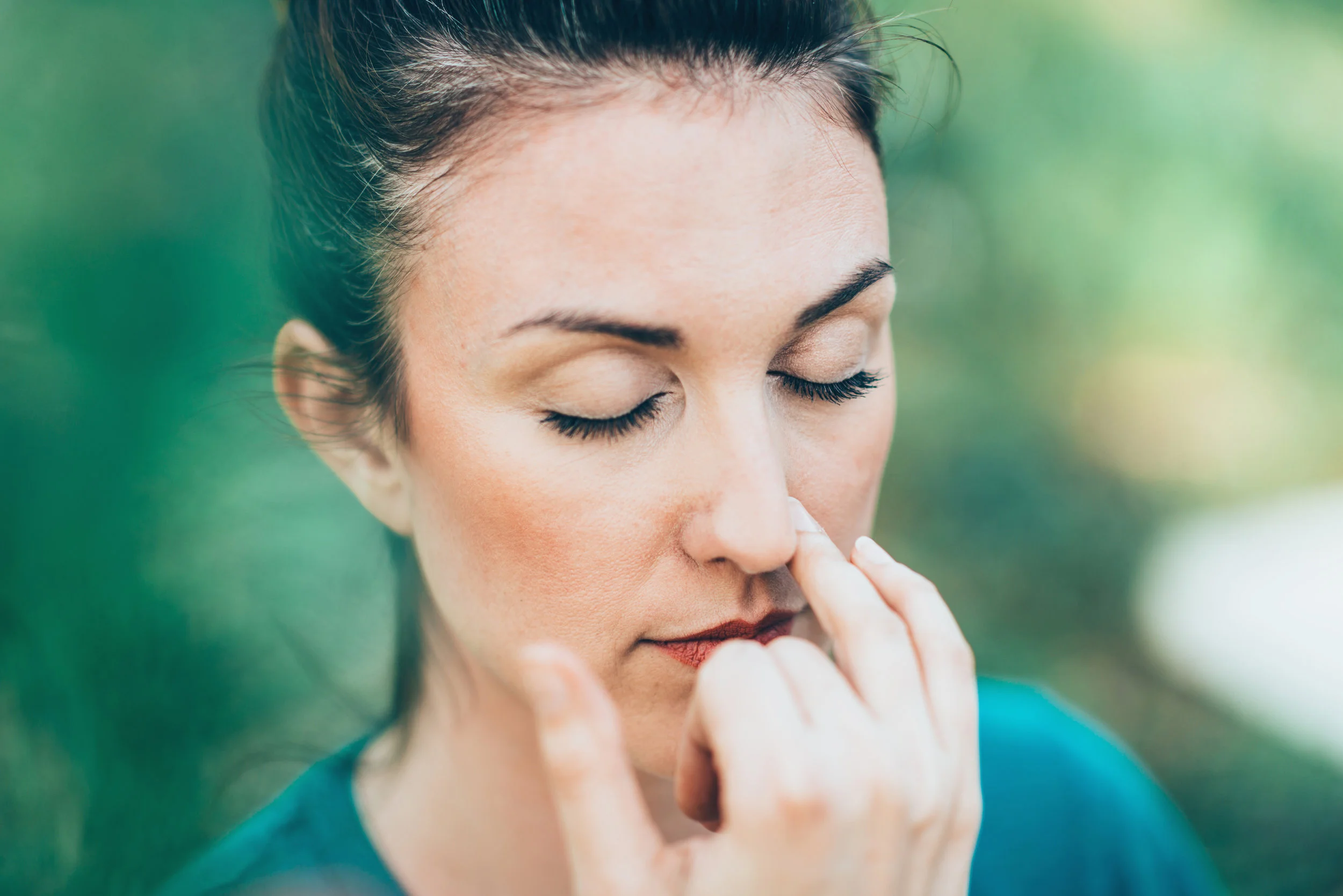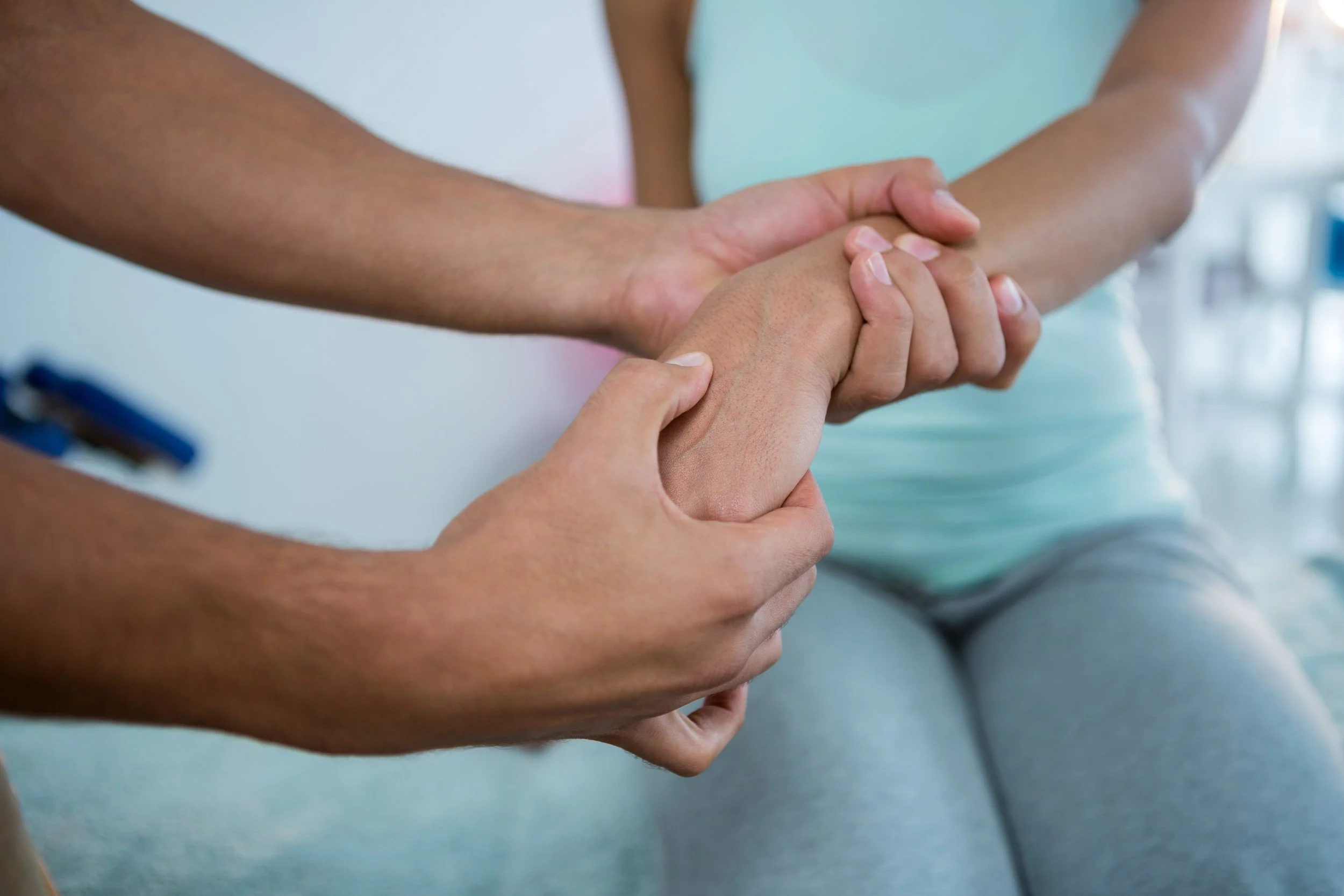In a world that demands substantive clinical research evidence to support different approaches to health care, yoga is gaining attention. Despite rapid advances in medical technology and continuing pharmaceutical research into using medication to relieve symptoms, in the past few years we have seen a significant growth in research addressing the impact of yoga on health and wellbeing.
To mark World Yoga Day on Sunday, we have collected some of the latest research into yoga in a virtual special issue.
Yoga is an ancient practice; it has been associated with cultural, religious and physical activity for more than 2,000 years. Its practitioners have asserted its effect on balancing emotional, physical and spiritual health for decades, but only recently has there been a move to substantiate these claims through research. So far, the result has been definitive, significant evidence of the broad-ranging benefits of yoga, both as a treatment and as a preventative form of medicine and health care.
The health benefits of yoga
In this technological age, health care paradoxes abound. Computerization, designed to facilitate daily life, carries with it a demand to be externally connected to events at all times. In doing so, paradoxically, we become alienated from reflecting personally upon body, mind and spirit. Use of pharmacological medication can assuage some of our symptoms, but this approach can also mean that we can carry on as normal with our busy lives, reducing our ability to monitor and focus on our personal health and wellbeing.
At a time when technology and drugs dominate the way we live our lives, it is refreshing that yoga not only persists but that researchers are taking the time to explore exactly how this practice can help us. In a climate focusing upon evidence-based medicine, it is important to be able to substantiate clinical claims made for any therapy, and yoga is no exception. We need to know who would benefit from a therapy, contraindications of use and the extent to which specific medical issues that can be ameliorated by a particular therapy.
Journals like Complementary Therapies in Clinical Practice frequently publish research on yoga. Recent papers have focused on practicing yoga to reduce essential hypertension and anxiety during pregnancy, its effect on regulating heart rhythm, the connection between yoga and changes in brain wave activity, the improvement of core stability and balance, and relief of post-partum depression.
Highlights of the special issue
To assess the potential of yoga poses for training and rehabilitation, the authors of this study examined the muscle activation patterns in selected trunk and hip muscles. Before this figure, they explain: "In the Downward facing dog pose ( Fig. 2a), the EOA showed significantly higher activity than RAU and RAL (p < .018). In the Upward facing dog pose ( Fig. 2b), the LT and EOA produced significantly higher muscle activities than RAU and RAL (p < .019). In the High plank pose ( Fig. 2c), the EOA produced significantly greater electrical activity than all other muscles (p < .001). In the Low plank pose ( Fig. 2d), the EOA produced significantly higher activity level than RAU, RAL and GM (p < .001)." (Source: Meng Ni et al, "Core muscle function during specific yoga poses," Complementary Therapies in Medicine, February 2014)
We have selected papers that give us an insight into the health benefits of yoga, reflecting the growing evidence-based research into this practice. It seems apparent that yoga may provide broad ranging healthcare benefits for mind and body. It may be practiced to maintain health, reduce particular symptoms, commonly associated with skeletal pain, and assisting in pain relief and enhancing emotional wellbeing.
In her review, Dr. Tiffany Field, Director of the Touch Research Institute at the University of Miami, provides a fascinating overview of the effect of yoga on anxiety and depression, pain, cardiovascular, autoimmune and immune conditions and on pregnancy.
In research looking more closely at the effect of yoga on anxiety, Dr. M. Javnbakht and colleagues from the Psychiatry Department of Islamic Azad University in Iran showed that participating in a two-month yoga class can significantly reduce anxiety in women with anxiety disorders. In their paper published in Complementary Therapies in Clinical Practice, the researchers say this “suggests that yoga can be considered as a complementary therapy or an alternative method for medical therapy in the treatment of anxiety disorders.”
Another study, published in Complementary Therapies in Medicine, examined the effect of yoga on lower back pain. Dr. Padmini Tekur and colleagues from the Division of Yoga & Life Sciences at the Swami Vivekananda Yoga Research Foundation (SVYASA) in India carried out a seven-day randomized control trial at a holistic health center in Bangalore, India, with 80 patients who have chronic lower back pain. They assigned patients to one of two groups – yoga therapy and physical therapy. Their results showed that practicing yoga is more effective than physical therapy at reducing pain, anxiety and depression, and improving spinal mobility.
Yoga also reduces stress in pregnancy, according to research published in Complementary Therapies in Clinical Practice. Svetlana Bershadsky and colleagues from the Department of Psychology and Social Behavior, University of California, Irvine tested the effect of yoga on 51 pregnant women, looking at their levels of the stress hormone cortisol and their mood before and after a yoga session.Their results showed that practicing yoga while pregnant can reduce stress, improve mood and even reduce postpartum depression symptoms.
What’s next for yoga?
Yoga challenges the “mores” of modern day life, providing us with a return to simply being, watching the world around us and an awareness of the impact of this world upon ourselves. In the prevailing Western economic system, should yoga ever become a therapy alleviating many of our illnesses, anxieties or distressing emotions, it will have a fight on its hands to become a dominant therapy. Unlike pharmaceutical medications, yoga cannot be packaged in a box or simply taken mindlessly, nor can it be marketed in huge batches to make enormous profit.
Instead, yoga offers something else: reconnecting with ourselves and learning to see ourselves, and our reactions to the world around us, from a different perspective. It takes emotional and spiritual strength to reflect inwardly and directly address personal conflicts, anxieties, hopes and fears, and understand how we respond to them. It also takes time to learn how these states of mind impact directly on physical wellbeing, and how we can change this.
Research into yoga continues to reveal the health benefits it can have, supporting the case for its use in health care. Through randomized trials, reviews and other studies, we are learning more about the effect yoga can have on different aspects of our physical and mental health. Regular yoga practice can increase our awareness about how our body actually feels, with all its aches and pains, and help us restore balance.
Yoga isn’t as simple as taking a pill, but mounting evidence suggests it’s worth the investment of time and effort. Ultimately, in order to benefit from the positive health effects of yoga, we need to be mindful of the present: this moment, now. In such a non-stop world, that, surely, has to be a good thing.
This article originally appeared on Elsevier.com and was written by Denise Rankin-Box.











![Self-regulation “control [of oneself] by oneself"](https://images.squarespace-cdn.com/content/v1/55563e14e4b01769086817cb/1542845645966-PO2HGKF5JLUBM45UIWQ3/wee-lee-790761-unsplash.jpg)



















